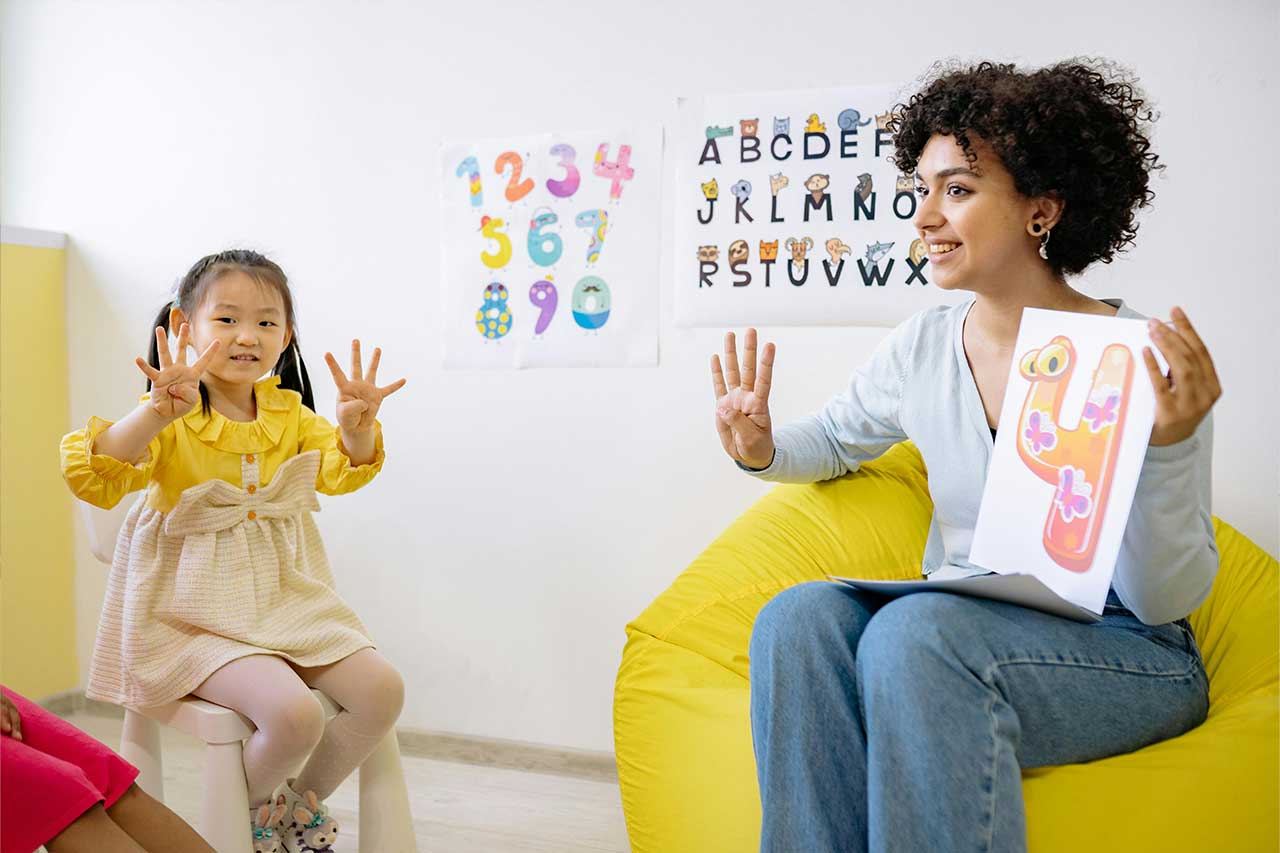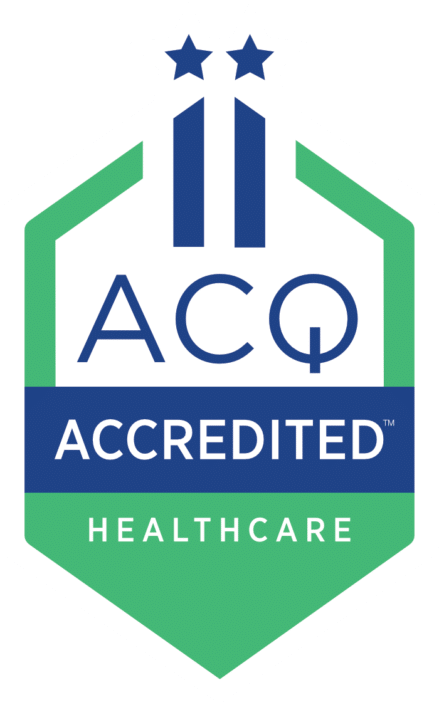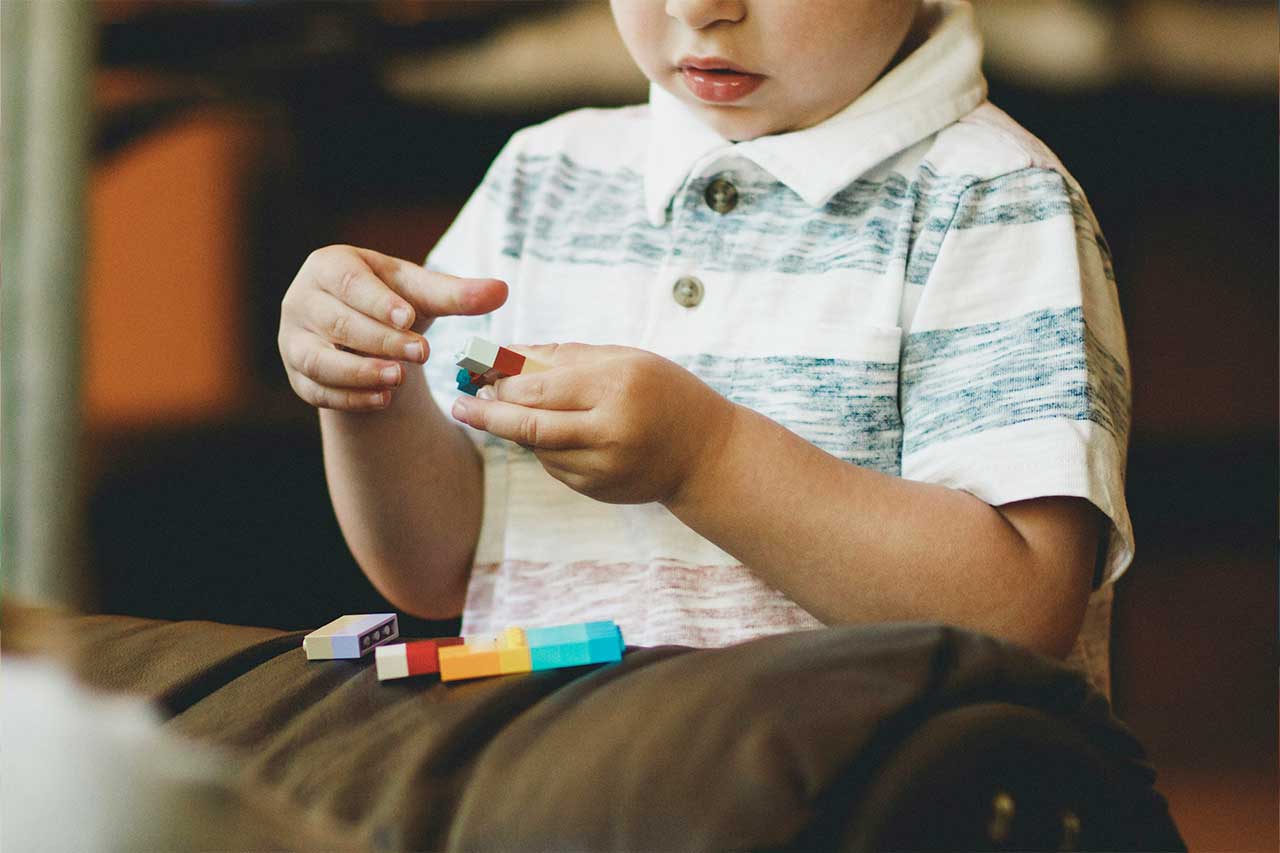Does ABA Therapy Replace School?
ABA therapy is a well-established method for supporting learners with autism. Interventions are highly-customized to focus on each individual’s needs, and on understanding and improving specific behaviors. Outcomes can significantly enhance the developmental and educational experiences of children with autism.
So, can ABA therapy replace school? As we will explain in this article, ABA therapy is not a replacement for traditional schooling. ABA therapy can be effectively used in conjunction with school to provide a comprehensive support system for autistic learners.

Can ABA Be Used in Place of School?
ABA therapy serves as an excellent complement to traditional school or to a homeschool curriculum, and has certainly been shown to enhance the educational experience of students with autism. But the goals for each developmental experience are worlds apart.
ABA therapy is often considered a medical intervention because it focuses on addressing behavioral and developmental issues that can impact a child’s ability to learn and function in everyday life. It is highly individualized and involves the use of evidence-based techniques to modify behavior and teach new skills, with the goal of improving the child’s overall quality of life.
Traditional educational methods, on the other hand, cater to a broad range of students and focus on delivering academic content and fostering social interactions within a structured school environment. Schools are designed to provide a general education that covers various subjects and promotes social development. While traditional education is essential for academic growth, it may not always address the specific behavioral and developmental needs of students with autism.
By combining ABA therapy with traditional educational methods, students with autism can receive a more comprehensive support system. ABA therapy addresses the specific challenges autistic learners face, helping them develop the skills needed to succeed in a traditional school setting. At the same time, traditional education provides the academic and social foundation that is crucial for overall development.
ABA Therapy vs Public School
Let’s take a deeper look at ABA therapy vs public/private school:
| Aspect | Traditional School | ABA Therapy |
| Primary Focus | Academic education and social interaction | Behavior modification and skill development |
| Setting | Classroom environment with peers | One-on-one or small group sessions |
| Curriculum | Broad educational subjects | Individualized based on specific needs |
| Teaching Methods | Lectures, group activities, assignments | Evidence-based techniques, positive reinforcement |
| Goals | Academic achievement, social skills | Reducing negative behaviors, enhancing specific skills |
| Staff | Teachers, aides, school counselors | ABA therapists, behavior analysts |
| Flexibility | Structured schedule, less individualized | Highly flexible, tailored to each student |
| Assessment | Standardized testing, grades | Continuous data collection and analysis |
| Parental Involvement | Varies, typically less direct involvement | High involvement, collaboration with therapists |
| Cost | Publicly funded (public schools) or tuition (private schools) | Often out-of-pocket or covered by insurance |
| Duration | Full school day, typically 6-8 hours | Varies, can be part-time or full-time sessions |
| Peer Interaction | Regular interaction with peers | Deliberate peer interaction, more focused on small groups and individuals |
ABA in Schools
In accordance with the Individuals with Disabilities Education Act (IDEA), school-based ABA therapy should be provided as part of an Individualized Education Program (IEP) or a 504 Plan. However, the actual availability and extent of ABA therapy services varies significantly between school districts. In rare cases, districts allow external ABA providers to deliver services within the school setting. Of course, the specific implementation of ABA therapy can depend on the resources and policies of each school district.
It’s important to remember that the purpose of traditional school is academic progression. A learner will be “pulled” from the classroom environment for therapeutic interventions only as much as is absolutely necessary. Ideally, a student will be with the general population for the majority of the school day.
Many learners benefit from external ABA therapy. This may include one-on-one or small-group therapy sessions or targeted Social Skills Groups.

ABA Therapy in Preschool Settings
Incorporating ABA therapy into preschool settings can provide significant benefits for young children with autism. Early intervention is crucial for improving developmental outcomes, and integrating ABA techniques into preschool routines creates a supportive environment that enhances learning and socialization for young learners.
ABA therapy in preschool settings often involves play-based interventions that are designed to teach essential skills such as communication, social interaction, and self-regulation. These interventions are tailored to the developmental level of each child, ensuring that they receive the appropriate support to meet their individual needs.
At A Bridge to Achievement, we offer a preschool alternative called Building Bridges. Learners ages three to six attend Monday through Friday programming at one of our three learning centers, for an average of 30 intervention hours weekly. For many learners, ABA therapy immersion can help set the foundation for successful learning and social interactions in later years.
Your Learner’s Path to Success
If you are in the process of figuring out what’s best for your learner (traditional school or a combination of homeschool and therapy), need to have your learner evaluated for ASD, or are ready to begin ABA therapy services, please connect with our team! Support starts here.





